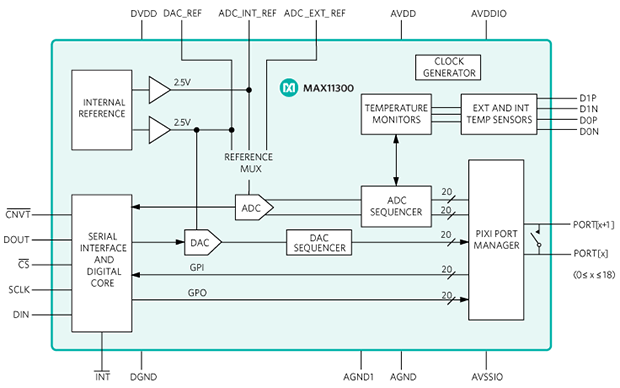If you’re working on a mobile project – a robot, something outside, or even your car – you don’t want to bring an oscilloscope, logic analyzer, signal generator, or any other piece of equipment that should stay on the bench. For his Hackaday Prize Entry, [Pierce Nichols] is working on the electronic equivalent of a Leatherman: something small and portable that also does just enough to get by in a pinch.
The MultiSpork, as [Pierce] calls his device, is a single WiFi enabled board that’s completely portable. With the addition of a $50 Android tablet, it’s very close to a complete electronics lab in a box.
The heart of the MultiSpork is a new chip from Maxim, the MAX 11300. This chip has 20 pins that can be used as a 12-bit ADC, a 12-bit DAC, or as GPIOs. it’s a logic analyzer, signal generator, oscilloscope, and a Bus Pirate in a single chip. As far as the rest of the board goes, [Pierce] is forgoing any notion of a hardware freeze and changing the Atmel microcontroller over to a TI CC3200 chip that will be coming out soon.
[Pierce] put together a short video describing the MultiSpork; you can check that out below.

















